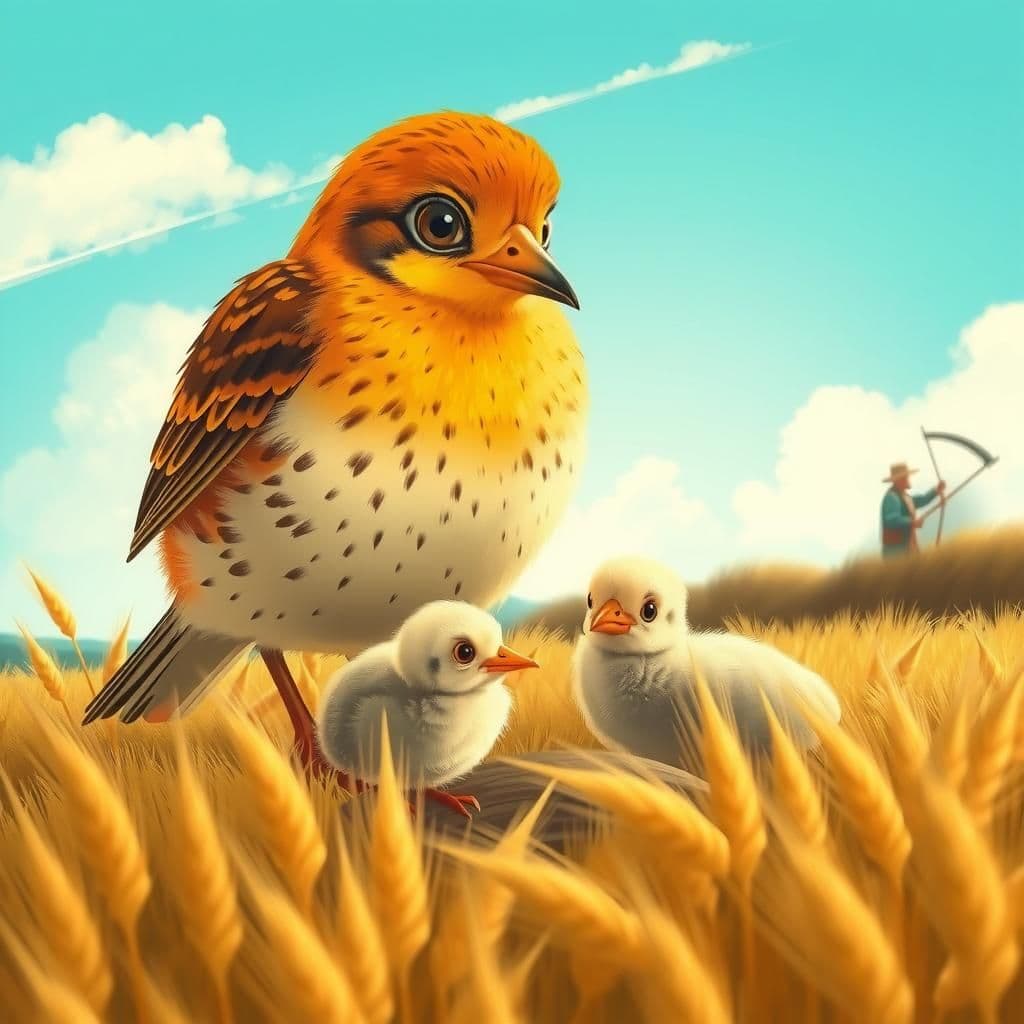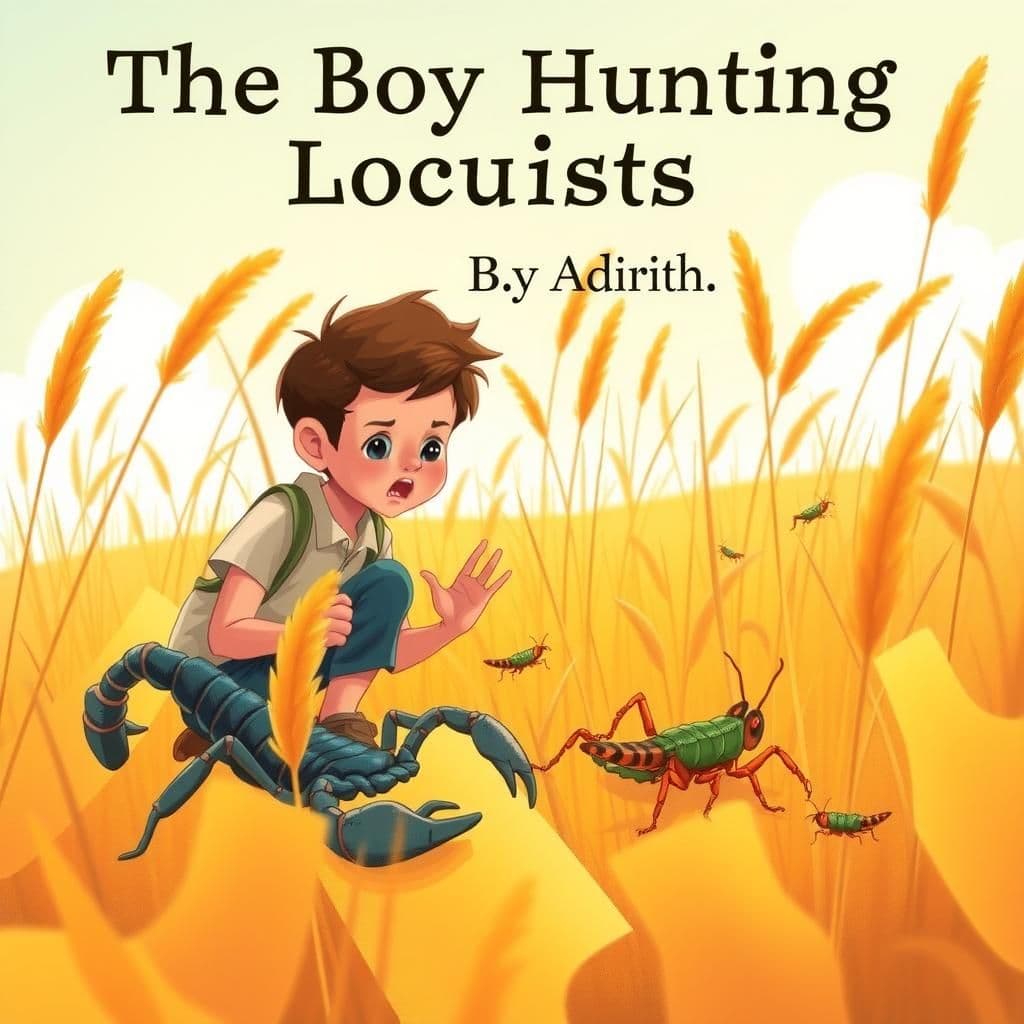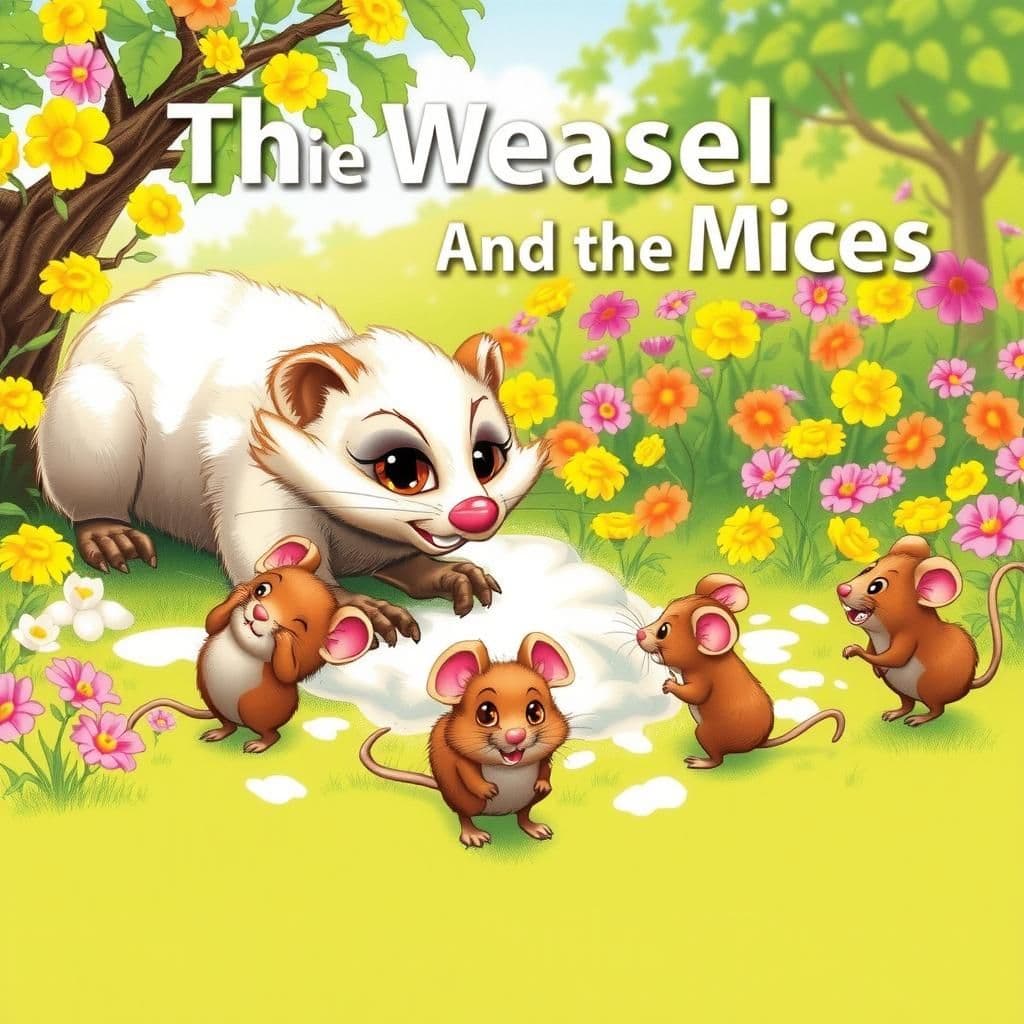The Lark and Her Young Ones

Story Summary
In this entertaining moral story, a Lark and her chicks learn the importance of self-reliance when the owner of their wheat field decides to harvest himself instead of relying on neighbors. Initially unconcerned, the mother Lark realizes the seriousness of the situation and prepares to move her young ones to safety, illustrating the life-lesson that self-help is the best help. This fable exemplifies the valuable lessons learned from stories that emphasize the importance of taking initiative in challenging times.
Click to reveal the moral of the story
Self-reliance and initiative are essential for achieving one's goals.
Historical Context
The story of the Lark and her brood is a fable attributed to Aesop, a Greek storyteller from the 6th century BCE, whose fables often convey moral lessons through the lives of animals. This particular tale emphasizes the value of self-reliance and the importance of taking action when faced with a challenge, a theme commonly found in various cultures and retellings throughout history, underscoring the universal wisdom that one should not solely rely on others in times of need. The fable's enduring relevance highlights the cultural appreciation for self-sufficiency, a principle echoed in many philosophical traditions around the world.
Our Editors Opinion
This fable emphasizes the importance of taking initiative and relying on one's own efforts rather than waiting for others to assist. In modern life, this resonates in scenarios such as a team project at work—when a colleague consistently relies on others to complete their tasks, they may not achieve success. However, when they take responsibility and tackle their own workload, they often inspire collaboration and ensure the project's success, demonstrating that self-reliance is key to achieving goals.
You May Also Like

The Boy Hunting Locusts
In this short moral story, a boy hunting for locusts mistakenly reaches for a scorpion, thinking it is one of his catches. The scorpion warns him that had he touched it, he would have lost both the scorpion and all his locusts, highlighting the lessons learned from stories about the importance of caution and awareness. This quick read story with moral significance serves as a reminder to be mindful of our actions and their potential consequences.

The Weasel and the Mice
In this simple short story with moral lessons, an old weasel, unable to catch mice due to his age, disguises himself in flour to deceive unsuspecting prey. As several mice fall victim to his trap, an experienced mouse recognizes the ruse and warns others, wishing that the weasel's deceit is matched by his own success. This meaningful story illustrates the consequences of trickery and the wisdom of those who have survived many dangers.

The Goatherd and the WildGoats
In this short and moral story, a Goatherd attempts to win over Wild Goats by feeding them better than his own during a snowstorm. However, when the Wild Goats leave for the mountains, they reveal that his favoritism has made them cautious, teaching a valuable lesson: old friends should not be sacrificed for new ones. This quick read story with moral highlights the importance of loyalty and the dangers of betraying long-standing relationships.
Other names for this story
Lark's Lesson, Wings of Wisdom, The Harvest Warning, Lark's Escape Plan, Nature's Insight, The Cautious Lark, When to Fly, The Wise Mother Lark
Did You Know?
This fable illustrates the theme of self-reliance, emphasizing that true commitment and determination come from taking personal responsibility rather than relying on others, a lesson that resonates across various aspects of life and decision-making.
Subscribe to Daily Stories
Get a new moral story in your inbox every day.